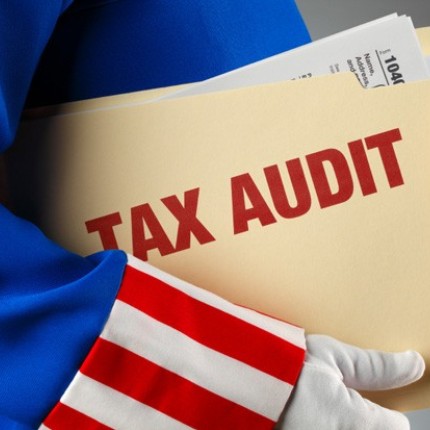What Will Filing Taxes Be Like In 2021 – How To Prepare
 There have been changes to the tax code this year, and they will be reflected on the Form 1040 of your tax return.
There have been changes to the tax code this year, and they will be reflected on the Form 1040 of your tax return.
Each year, if necessary, the IRS releases drafts of the forms, so professionals may comment, and line numbers are subject to change. However, the advance notice is always appreciated and can give insights into what next year’s taxes will look like.
Here’s how tax-filing will look different in 2021 – when 2020 income taxes are filed – and what you can do to prepare.
A New Focus on Cryptocurrency
This year, the Department of Treasury is focusing on virtual currencies. The first question asks this: At any time during 2020, did you receive, sell, send, exchange, or otherwise acquire any financial interest in any virtual currency?
Over the past several years, the government has focused on cryptocurrencies, issued guidance on its tax treatment and advised certain taxpayers that they may have failed to report transactions properly. Likely, the government must feel that it has in place the infrastructure to trace your transactions.
As you answer this question, remember that you are signing the tax return under penalties of perjury, a conviction of which can carry a five-year prison sentence.
Adjustment To Income Via Charity
A bonus to taxpayers in 2020 is that they may be eligible to reduce their income by up to $300 for charitable contributions, thanks to the coronavirus relief bill.
These contributions must be in the form of cash, check or credit card payments, and you must have the proper documentation. You may not deduct donations of items such as the four bags of clothing that you dropped off at Goodwill this spring.
This “adjustment to income” is nice because it reduces your adjusted gross income, also called AGI, which impacts many other aspects of your financial life. Your Medicare Part B and Medicare Part D premiums and programs at the state level are tethered to AGI. So having a lower adjusted gross income can reduce those premiums or make you eligible for additional state programs.
Prepare by keeping your receipts and other substantiating documents. Remember, contributions of $250 or more to a charity require a letter of acknowledgment.
Look Out for Changes in Reporting Taxes Paid
In the past, when you reported the amount of federal tax withheld, you reported one number. This would be the paid federal income tax shown on your W-2 and on any 1099 form.
This year, the numbers are being reported on separate lines, and that could mean that someone at the IRS will be focusing on 1099s in the future.
Tax Credit Reconciling the Economic Impact Payments
Line 30 seems to be reserved for something that the government is calling a recovery rebate credit, which refers to the stimulus payments you received. This is where you may receive an additional credit if your 2020 tax return has a smaller AGI than the one that was used to calculate the initial stimulus check or if you have additional dependents.
Prepare by keeping the letter from the IRS telling you how much you received. It is Notice 1444 that you want to have available when you are filing your tax returns.
Payroll Tax Deferment Impacts the Amount You Owe
If you had household employees or are self-employed, which you report on Schedule H and Schedule SE, you may have to pay extra attention to this calculation.
Normally, the calculation is a simple addition of the taxes owed minus any payments and credits, but this year, we have a wrinkle. The coronavirus relief bill allows employers to defer the deposit and payment of the employer’s portion of the Social Security taxes.
The span of March 27 through Dec. 31, 2020 is important because any payroll taxes that were due then may be deferred, with 50% paid by Dec. 31, 2021, and the balance by Dec. 31, 2022. If you are a Schedule C filer, this will apply to you.
Flexibility Around Retirement Plan Distributions For Taxpayers Impacted By COVID-19
The coronavirus relief bill allows for distributions from a retirement account, including an IRA, to be handled differently if the taxpayer was impacted by COVID-19. This does not require contracting the disease but includes having your economic life disrupted by it.
You could be quarantined, furloughed, laid-off or had work hours reduced, been unable to work because you could not find child care – if it is virus related – and qualify for this retirement plan provision.
When the taxpayer self-certifies to these facts, the tax impact is substantial. There will be no 10% penalty if you take a distribution while under the age of 59½, the distribution will be spread over three years, and the taxpayer may repay the amount taken out over three years and avoid taxation.
Prepare by keeping documentation. Since you are self-certifying that you are impacted, you may want to keep any medical records, notices from your employers or notes describing your circumstances.
For most people, these are the main changes that will impact their personal 1040 Form. But keep in mind that Congress is still in session, it is an election year and more changes are possible.
Source: U.S. News & World Report

